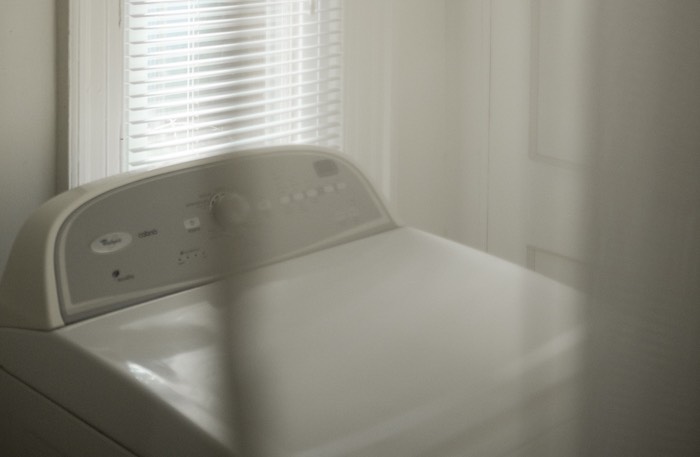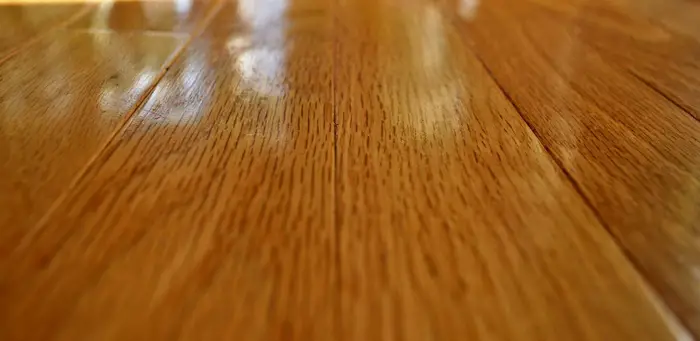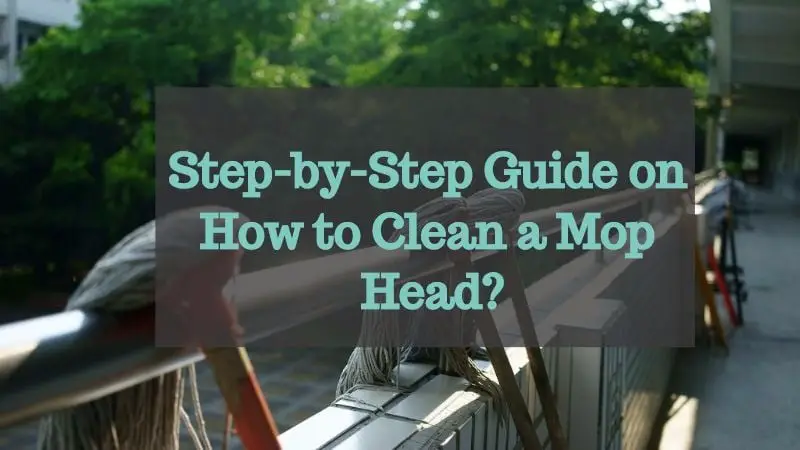As you plan for your laundry day, which is, may be three or five days away, you decide to fill your washing machine with water. You want everything ready so that on the D-day you do not waste time. On your washing day, you simply want to sort your laundry and start the washing cycle immediately. Or, you just want to keep a water reservoir for future use and you pick your washing machine as a storage container.
So, can you store water in the washing machine or will it cause any harm? Yes, you can store clean water in the washer but for a short period. It will do no harm to the drum or motor. However, you do not want to retain used laundry water in the washer, as it will spoil fast and even produce a bad smell. For this, unless your washer has storage for used laundry water, it could be unhygienic to keep it there. Nevertheless, note that this water cannot be used for cooking, or washing dishes; it is suitable for laundry or purposes such as watering the garden or cleaning the house.
This article looks at how to remove water from the washer, cleaning it, and other related questions. Keep reading for a deeper insight.
How to Drain Your Washing Machine
Have you ever noticed water remaining in the washer even when the cycle has finished? Well, there is no need for alarm. Sometimes the washing machine does not drain off water automatically, and you actually to drain it manually using a pump and drain line.
Similarly, if you want to store or transport your washer, you will have to drain off all the water manually. Below is a guide to help you drain your washing machine properly.
1. Shut down The Machine and Turn off the Water Inlet
The first step to take is switching off the washer to avoid any electronic problem from popping up or any existing problem from worsening.
After that, turn off the water inlet by turning the knobs counterclockwise until they can no longer move.
2. Drain the Drain Hose
The drain hose always has some remnant water in it. Most of the time when a washer does not drain, there are high chances that there could be a clog in the hose; disconnect it inspect the inside. Then bend it into a bucket, and if the water does not flow out, then you will know it has a clog. Then you can remove the clog using a plumber’s snake.
3. Inspect the Drain Pump
The drain pump usually pumps out water from the washer. Inspect it for any clogs, and if any, you can remove those using pliers so that the water can flow out properly.
4. Drain the Interior
Draining manually is not a permanent fix, but rather a quick procedure to remove your clothes from the water, remove the water sitting in there before you can figure out, and fix the problem. You can do this using a siphon or bucket. When you have scooped out most of the water, you can use towels to soak up the rest.
Note that even as you attempt the above DIY procedure, you must know when to call the professionals. Washing machines are a bit complex; if you are not sure of the exact procedure, it is better to call a professional so that you do not worsen or complicate matters.
Cleaning a Washing Machine
Apart from draining the washer, it is important to clean your washing machine occasionally. Now if you are used to washing with cold water, at least once a month, let the washer run its hottest cycle without any load. This will clear the accumulated oil and grease.
Then, using hot water and soap, wipe away all mold deposits on all surfaces including door seals. Also, remove oil and grease from the drum using a sponge, hot water, and soap. This way, your washing machine will be clean and any strange smell will be eliminated.
Related Questions
What do you do if you find mold in your washing machine?
Mold may start growing on the seals of your washer if you are always using cold water. With time, the mold starts emitting unpleasant smell. To get rid of it, run your washer on a hot cycle at least once in a month. In addition, after each use, you can create the habit of drying the doors and seals using a dry towel.
How do you ensure clothes don’t get tangled?
Before you start the cycle, check to ensure that the clothes do not wrap around the agitator. Also, do not overload. This way, your clothes will be free from tangling.
See Also:
Off The Grid Washing Machines: 7 Options to Choose From
How Do You Wash Pillows In Your Washing Machine?
How Do you Wash Spin Mop Head In Washing Machine?


